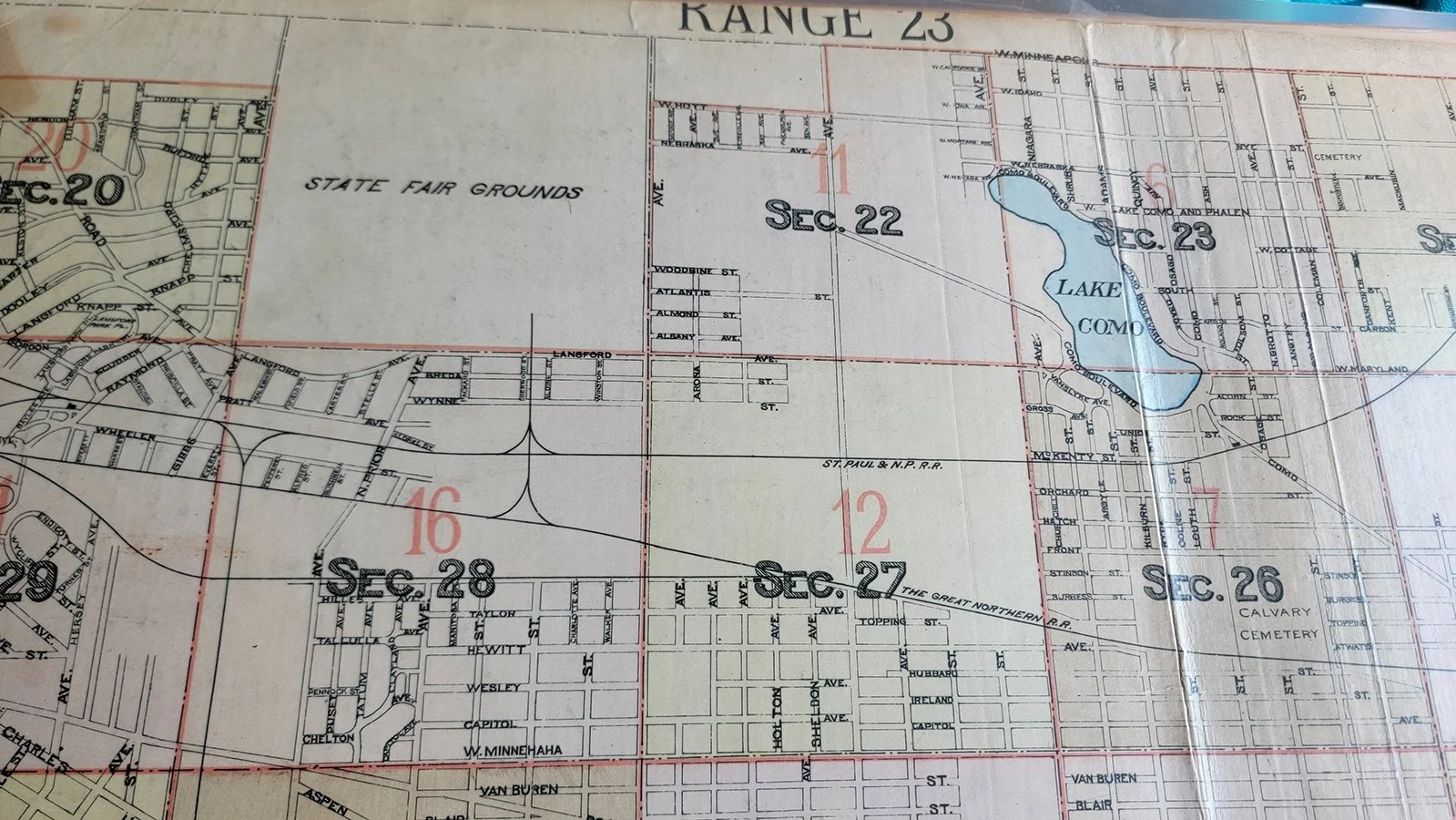Beware Tricksy Incrementalism: Gradual Implementation Doesn’t Make a Project Incremental
Recently, my fledgling Local Conversation group, Strong Towns Waco, gathered in a pub to brainstorm responses to a new, $2-billion downtown “revitalization” master plan currently being proposed to our council. Over cold beers and ciders, we looked through whatever details we could find and I typed out a bullet point of notes and questions.
One question surfaced repeatedly: "Why can’t we take a more incremental approach to improving downtown?" This is a classic Strong Towns talking point, and it’s also just common sense. Instead of assuming we know from the start exactly what projects will be successful, why not start small and build on successes gradually, over time?
This concept went into all of our comments. "Let’s take a more incremental approach," we urged our city council. From my seat at the public meeting, I watched council heads nod and I thought with excitement that maybe they understood the value of incrementalism, too. But that enthusiasm died as I listened to their brief responses, where they assured us that everyone wanted to take an incremental approach and that the developer would definitely listen to public comment along the way.
It was at this moment that I realized the existence of two types of incrementalism.
Let’s call the first kind — the kind Strong Towns advocates for — "classic incrementalism". This embodies a process in which local leaders and citizens work together to observe where their community is struggling and then make the next smallest possible improvement in response. They watch that improvement to see how people interact with it and whether it adds value or relieves the struggle. They collect feedback and exchange ideas. Then, if the improvement succeeds, they make another incremental improvement, keeping in step with their budget and their goal of making life better for people.
This approach starts with the assumption that people can’t see into the future and can't predict winners from the start. They don’t know what improvements will be successful. Nor can they predict what will really add value to the neighborhood. So, they test their improvements on a small scale. This approach allows neighborhoods and downtowns to build real charm and unique character because they are built layer by layer, bit by bit, conversation by conversation. This type of authenticity is a result of ground-level conversations and many hands being invited to the process. You can’t shortcut your way to a neighborhood with soul.
Let’s call the second version of incrementalism “tricksy incrementalism,” borrowing a term from "Lord of the Rings" (those darn tricksy hobbitses…). This is the type of incrementalism that you’ll probably encounter when talking to big-scale developers or consultants about master plans or grand improvement proposals. This incrementalism involves breaking a master plan into smaller stages and including feedback as the stages unfold.
Tricksy incrementalism might sound great, but it’s fundamentally different from the classic approach in that it’s focused on incremental implementation, not incremental creation. In other words, in this approach to improving a community, the plan has already been decided upon, the sketches drawn, the consultants hired and the money earmarked. Incrementalism only applies to the way the plan will be implemented.
This stands in stark contrast with classic incrementalism, which is a mindset that values starting small and gradually learning and improving over time. While there might be general consensus over what counts as success and an overall vision for the community, there’s less reliance on an overarching master plan. More energy goes into enabling everyone to participate in shaping the city using their powers of observation and creativity. In this approach to incrementalism, the finished product doesn’t exist; the process is about shaping it together.
Cities that truly embrace incrementalism understand that interesting places are emergent by nature. Emergent cities are more resilient because they're the result of many ideas that were tested and refined gradually, with each idea proving its stability and relevance to the community. Emergent places are also more interesting by nature because they contain stories and surprises, tales of woe, luck and perseverance…the kinds of stories that give places soul and make them truly inimitable.
Letting citizens give input on how a master plan is implemented is not the same thing as creating the policies, incentives and support structures for them to test ideas, build on successes and learn from failures. Cities want to be emergent and resilient, and they can be. But it means embracing real, classic incrementalism, resisting the “quick win” of the big project, and focusing instead on developing practices that make it easier for people to join the party and help build the town.






Tiffany Owens Reed is the host of The Bottom-Up Revolution podcast. A graduate of The King's College and former journalist, she is a New Yorker at heart, currently living in Texas. In addition to writing for Strong Towns and freelancing as a project manager, she reads, writes, and curates content for Cities Decoded, an educational platform designed to help ordinary people understand cities. Explore free resources here and follow her on Instagram @citiesdecoded.